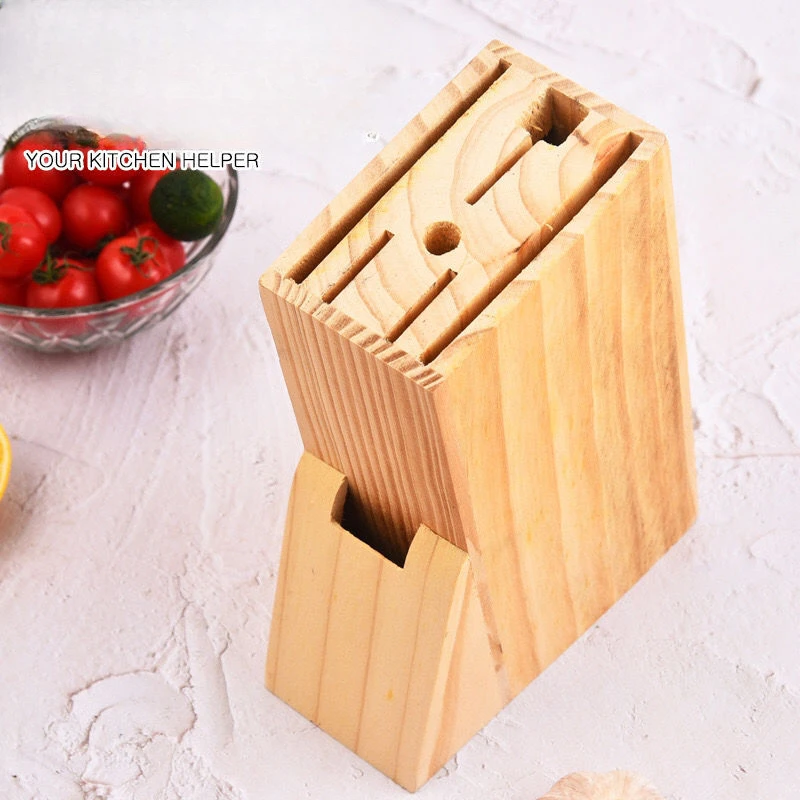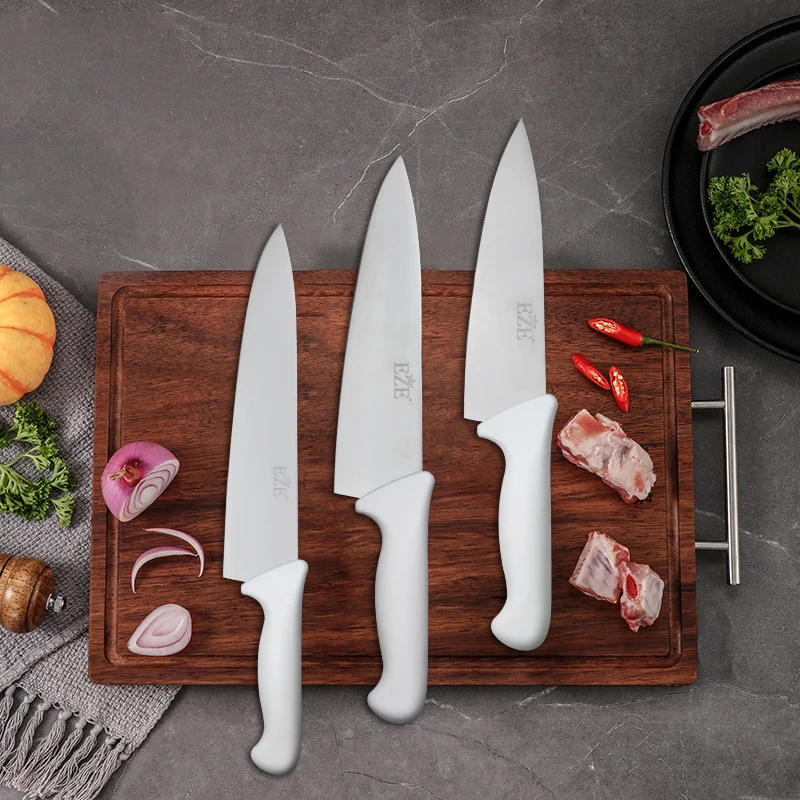Dripping faucetsThe Importance of Dripping Faucets: Preventing Frozen Pipes are a common issue in many households. Though it may seem like a minor problem, a drip can lead to increased water bills, wasted resources, and even damage to your plumbing system. In this article, we will explore how to create a controlled drip from faucets. This guide will provide you with the necessary steps to set up a drip, understand the reasons behind it, and appreciate the importance of conserving water.
 Table of Contents
Table of Contents
- Understanding Faucet Drips
- 1.1 What Causes a Faucet to Drip?
- 1.2 The Importance of Managing a Drip
- Setting Up a Controlled Drip
- 2.1 Tools You Will Need
- 2.2 Step-by-Step Guide to Drip Faucets
- 2.2.1 Turning Off the Water Supply
- 2.2.2 Adjusting the Faucet
- 2.2.3 Testing the Flow
- Benefits of Dripping Faucets in Cold Weather
- 3.1 Preventing Pipe Freezing
- 3.2 Reducing Plumbing Issues
- Common Mistakes to Avoid
- 4.1 Over-Dripping
- 4.2 Neglecting Maintenance
- Conclusion
1. Understanding Faucet Drips
1.1 What Causes a Faucet to Drip?
Faucets can drip for several reasons. The most common reasons include:
- Worn Washers: Over time, the rubber washers in faucets can wear down, leading to leaks.
- Loose Parts: If parts of the faucet are not tightly secured, they can allow water to escape.
- Corrosion: Rust and mineral buildup can damage the faucet components, causing leaks.
When faucets drip, they can waste a surprising amount of water. For example, a dripping faucet can waste gallons of water in a year. Understanding the causes helps in knowing how to fix or manage the issue.
1.2 The Importance of Managing a Drip
While a dripping faucet can be annoying, it is essential to manage it effectively.
- Water Conservation: Saving water is vital for environmental sustainability. Every drop matters.
- Cost Efficiency: A small drip can add up on your water bill. By managing it, you can save money.
- Prevention of Damage: A constant drip can lead to more severe plumbing issues if not addressed.
 2. Setting Up a Controlled Drip
2. Setting Up a Controlled Drip
If you need to set up a controlled drip, especially in cold weather, follow these steps.
2.1 Tools You Will Need
- Adjustable Wrench: For tightening and loosening parts.
- Screwdriver: For removing or adjusting faucet handles.
- Towel or Cloth: To wipe up any drips or spills.
- Bowl: To catch any excess water.
2.2 Step-by-Step Guide to Drip Faucets
2.2.1 Turning Off the Water Supply
Before you begin, it is essential to turn off the water supply. Locate the shut-off valve under the sink. Turn it clockwise to stop the water flow. This will prevent any problems while you work.
2.2.2 Adjusting the Faucet
- Remove the Handle: Use a screwdriver to take off the handle of the faucet.
- Inspect the Parts: Check the washers and seals for any wear or damage.
- Replace Damaged Parts: If you see any worn components, replace them. This will help reduce leaks.
- Reassemble the Faucet: Once you have replaced any damaged parts, put the faucet back together.
2.2.3 Testing the Flow
After reassembling the faucet:
- Turn the Water Supply Back On: Turn the shut-off valve counterclockwise to restore water flow.
- Test the Faucet: Allow water to run for a moment and check for drips.
- Adjust as Needed: If the faucet still drips, you may need to adjust the faucet handle to create a slight opening to allow a controlled drip.
 3. Benefits of Dripping Faucets in Cold Weather
3. Benefits of Dripping Faucets in Cold Weather
3.1 Preventing Pipe Freezing
In colder climates, dripping faucets can help prevent pipes from freezing. A small drip keeps water moving in your pipes.
- Moving Water does not Freeze: When water is in motion, it is less likely to freeze compared to still water.
- Avoiding Costly Repairs: Frozen pipes can burst, leading to expensive repairs. A controlled drip can save you from this trouble.
3.2 Reducing Plumbing Issues
A drip can also lessen pressure on pipes.
- Equalizing Pressure: When the temperature drops, a controlled drip helps maintain pressure levels in the plumbing system.
- Less Stress on Connectors: Reducing pressure on connectors extends their lifespan.
4. Common Mistakes to Avoid
While managing a drip, be aware of these common mistakes.
4.1 Over-Dripping
While allowing a faucet to drip is helpful, too much dripping can create waste.
- Find the Right Balance: Aim for a slow and steady drip, not a stream.
- Monitor Usage: Check your water bill for any substantial increases.
4.2 Neglecting Maintenance
Regular maintenance of your faucets is crucial.
- Check Frequently: Look for any signs of wear or damage.
- Replace Parts When Needed: Keep seals and washers in good condition to prevent leaks.
 Maintaining your kitchen faucet
Maintaining your kitchen faucet
When it comes to maintaining your kitchen faucet, here are some important care tips to keep in mind:
Regular Cleaning:
Clean the faucet regularly using a mild soap solution or vinegar to prevent limescale and mineral buildup. Avoid abrasive cleaners that can scratch the finish.
Check for Leaks:
Periodically inspect the faucet and the area underneath for any signs of leaks. If you notice any drips or puddles, address them promptly to prevent water damage.
Tighten Loose Parts:
Over time, some parts of the faucet may become loose. Check and tighten handles and screws as necessary to ensure proper function.
Replace Washers and O-Rings:
If you notice dripping, it may be time to replace washers or O-rings. These parts wear out over time and can be replaced easily.
Use a Water Softener:
If your water is hard, consider installing a water softener to reduce mineral buildup, which can affect your faucet’s performance.
Avoid Harsh Chemicals:
Do not use bleach or other harsh chemicals that can damage the finish of the faucet.
Check the Aerator:
If water flow decreases, unscrew the aerator from the faucet tip and clean it to remove any debris or buildup.
Inspect Hoses and Connections:
Regularly check the flexible hoses and connections for wear and tear, as these can also lead to leaks.
Turn Off Water When Not in Use:
If you’re doing extensive cleaning or maintenance work, turn off the water supply to avoid any unexpected leaks.
Professional Maintenance:
If you encounter problems that you cannot fix, consult a plumber to ensure that your faucet is functioning properly.
Following these tips can help prolong the life and efficiency of your kitchen faucet.
 The popularity of faucets
The popularity of faucets
Smart Technology: Many modern faucets now feature touchless operation, voice activation, and app connectivity, enhancing convenience and hygiene.
Eco-Friendly Designs: With growing environmental awareness, water-saving faucets are in demand, featuring aerators and other technologies that reduce water usage.
Stylish Aesthetics: Consumers are leaning towards stylish, designer faucets that complement various interior themes, from minimalist to industrial.
Durability and Materials: High-quality materials like stainless steel and brass that resist tarnishing and wear are becoming increasingly sought after.
Finish Options: Various finishes, such as matte black, brushed nickel, and gold, are trending, allowing homeowners to customize their spaces.
Pull-Down and Pull-Out Sprayers: These functional designs enhance usability in kitchens, making it easier to wash dishes and food.
Compact and Space-Saving Designs: In urban areas where space is limited, compact faucets with multifunctional features are gaining traction.
These trends reflect a broader shift towards functionality, sustainability, and style in home design.
5. Conclusion
Managing a dripping faucet is an essential task in every household. It requires understanding the causes of drips and setting them correctly. By following the steps outlined in this guide, you can set up a controlled drip to conserve water and protect your plumbing.
Remember, a small effort can lead to significant savings and contribute to a more sustainable environment. Regular maintenance is vital, so make it a habit. By achieving this balance, you can ensure that your faucets serve you well without causing unnecessary waste.



